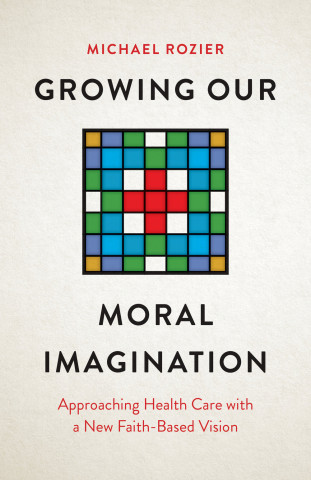
Reviews
A richly circumstantial, well-presented, and interesting account of the New Mexico Penitentes... The Penitente Brotherhood offers readers looking for a historical introduction to this Hispanic confraternity a generous account... I highly recommend reading the book.
In the popular mind, the Penitentes are a late medieval revival and a quaint and irrelevant example of popular religiosity. For anyone who wants to know the real story, this controversial book—with the hallmarks of academic scholarship and the narrative line of a novel—might fit the bill.
Carroll's multifaceted recounting of Hispano Catholicism in historic New Mexico is well written and compelling.
A gifted, lucid writer and a great narrator of fiction... Carroll's approach refreshes the literature.
Carroll is a storyteller... He creates a convincing narrative from the primary sources and the logic of scientific theory available to him.
A book that requires a careful read in order to acknowledge its full impact... It raises new issues and perspectives that future Penitente scholarship will have to address as we struggle to interpret this critical history.
Innovative and lasting contributions.
Michael Carroll is a genius at the indispensable art of revisionism. He skillfully challenges conventional wisdom and ossified thought patterns. In this work, perhaps his best yet, he challenges the traditional notion that the Penitential Movement in the Southwest United States results from customs brought from late medieval Spain. On the contrary, he argues, it is a much more recent, almost modern, development that is the result of the influence of the expanding United States on New Mexico. He suggests that it represents in its own fashion a belated attempt to impose the reforms of the Consul of Trent on Hispano-Catholics in New Mexico. It's a fascinating, stimulating and persuasive story.
A sociological tour de force. The Penitente Brotherhood provides an excellent methodological model of holistic sociological analysis that addresses such issues as piety, religious organization, religious art and symbolism, the economic forms of colonial and post-colonial New Mexico, political organization and psycho-dynamic forces in a population. This is the most complex book Carroll has written and also the most readable.
Book Details
List of Illustrations
Acknowledgements
Introduction. Juan de Oñate's Severed Foot and Other Good Stories
Chapter 1. Penitente Historiography and Its Problems
Chapter 2. The Golden Age: Hispano Piety
List of Illustrations
Acknowledgements
Introduction. Juan de Oñate's Severed Foot and Other Good Stories
Chapter 1. Penitente Historiography and Its Problems
Chapter 2. The Golden Age: Hispano Piety before 1800
Chapter 3. Awash in a (Very Small) Sea of Crimson Blood: Flagellation in Pre-Penitente New Mexico
Chapter 4. Suffering Fathers and the Crisis of Patriarchal Authority
Chapter 5. Padre Martínez of Taos and the Meaning of Discipline
Chapter 6. The Penitentes and the Rise of the Modern New Mexico
Chapter 7. Stories That Connect to Guilt and Rage
Epilogue. The Stories We Tell about Subaltern Groups
Notes
Bibliography
Index




